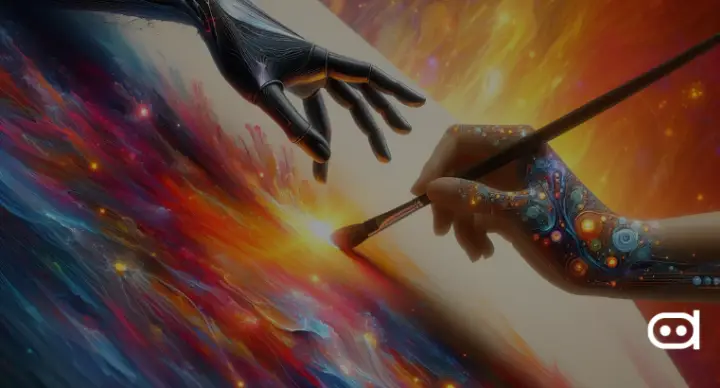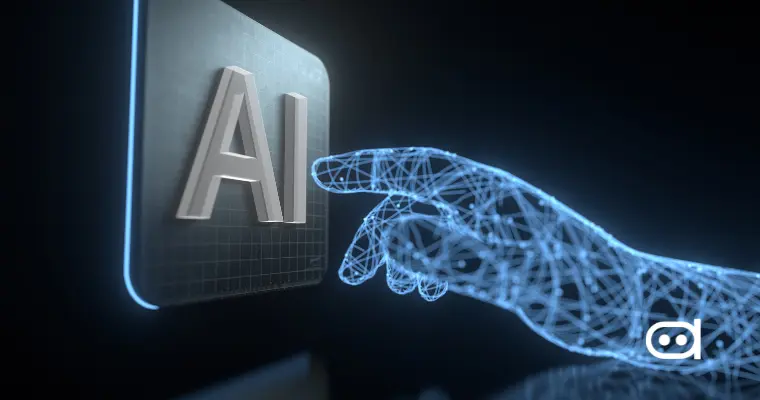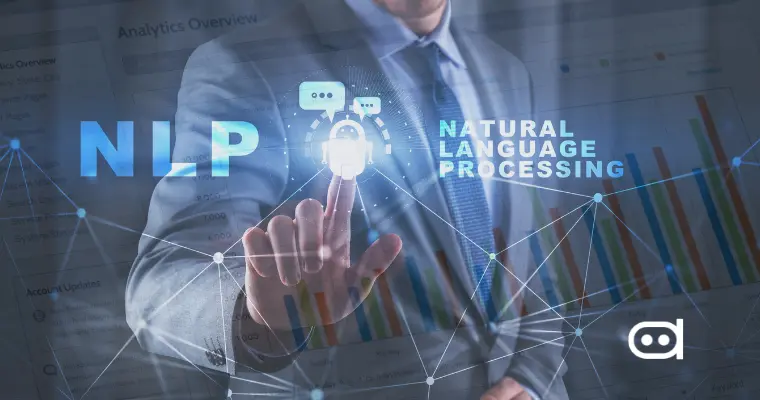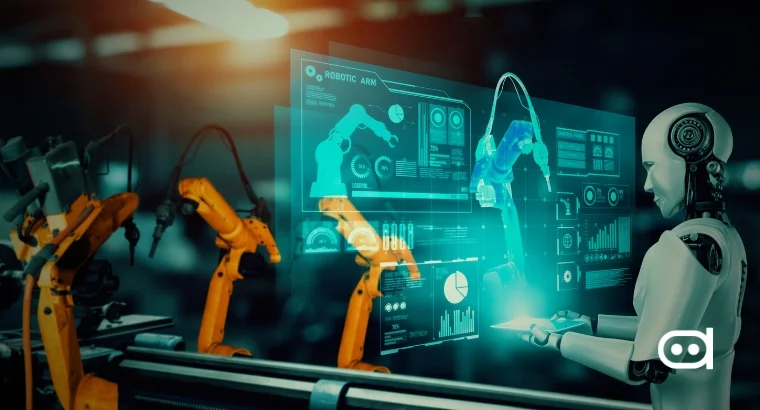
Advancements in technology, including the future of AI, have changed a lot of things in various industries, and the same can be said about the world of art. Now that AI has reached a level where it can improve visuals through altered images, a pertinent question arises – will human artists become defunct in the existence of such technology? The following article aims to analyze the relationship shared by artificial intelligence and art – the past, the present, and the future.
Evolution of AI Art Generation
In the late 60s and 70s, people like Harold Cohen undertook projects that worked on the intersection of computers and visual arts. Such primitive creative systems employed basic rules, rather than the more complex ones used by current artificial intelligence systems. The true mainstream acceptance of AI to create art came in the 2010s when deep learning neural networks to create images were first tried.
More recently, it is now possible to produce photorealistic images or understand complex requests in certain painting styles augmented by advances in the technology of artificial intelligence art. Some significant developments include the auctioning of the first-ever generated image by an AI in 2018 at Christie’s auction house. The advancement of text-to-image generators such as DALL-E and Midjourney that have been developed in recent years have also added to this new age usage.
Popular AI Art Tools
As the intersection of art and technology evolves, AI-driven image-generation tools are taking center stage in discussions about the future of creativity. For instance, OpenAI’s DALL-E 2 transforms written descriptions into vivid images, while Midjourney excels in crafting stylistically rich visuals. Artbreeder allows users to blend and alter images through AI, fostering a collaborative creative process.
These tools raise important questions about the future of artists. As AI tools that image creators can use continue to evolve, will it complement human creativity, or could it potentially replace certain aspects of artistic expression?
Capabilities of AI in Art Creation
- Digital Paintings: Produce entirely new and digitally painted works of art in different styles.
- Photography like Images: Reproduce images of such great photographic realism that the difference between real photographs and the ones generated is practically none.
- Abstract Art: AI is also good at producing abstract art.
- Character Design: Technologies based on AI can also create any design of characters for games or cartoons.
- Landscape and Architectural Visualization: Depict attractive landscape pictures and building sketches.
- Style Transfer: This can be applied to the process of fusing one of the images into the other image while retaining the main elements of the second image.
- Animation: Some AI engines are very good at creating short animations as well.
Potential Impact of AI on Artists
The use of AI in art is both a blessing and a curse for human artists.
New Opportunities and Collaborations
AI tools are a game-changer in the creative sector as far as increasing output and bringing about new ways of collaboration are concerned. These technologies assist in an expanded level of creativity by producing many different ideas in a short time for artists to use. Creative possibilities have broadened with the introduction of AI. It facilitates art-making effectively due to an increased availability of tools for artists. AI can also improve efficiency within processes by taking over lengthy activities allowing the artist to concentrate on the more intuitive angles of their work along with selling and making money from AI-generated images easily.
Challenges and Disruptions
The rise of AI in the art sector also comes with notable challenges –
- Job Market Disruption: The danger of some commercial types of artistic job functions being threatened by machines is imminent.
- Copyright and Ownership Issues: The use of AI for image generation leads to the question of authorship and copyright.
- Devaluation of Human Creativity: A fear that ironically lies within AI-generated art is how the scale of appreciation for art created by a human being would change.
- Ethical Concerns: The matter of AI being directly trained on past versions of artworks may have issues of ethics in terms of what is fair and what is not.
- Technical Limitations: AI still has issues understanding context, emotional undertones, and even artistic intent beyond the obvious despite having come this far.
The Future of Artistic Careers
With the advancement of artificial intelligence, the scope of careers in the arts is expected to undergo a drastic change. There is a possibility that artists will have to focus more on abilities that are inherently human, including the act of creation with cultural depth and emotional connectivity – things AI is unlikely to reach. At the same time, artists who will navigate and manage AI tools will also be in demand as a hybrid profession connecting art and technology. It is reasonable to predict that within the field of art, the need for interdisciplinary practice shall increase, as artists shall be allowed to combine classical art and innovative methods including the use of AI.
Potential for Co-Creation
The future of human artists and AI suggests that these two may not only exist together but will help each other in reaching new heights in art. In this new model of society, it can be imagined that AI will be used as a powerful tool to assist in artistic creation, allowing artists to reach many more dimensions.
Conclusion
The influence of artificial intelligence in the field of art has many dimensions and is considerable in scope. AI image generation tools have indeed shown great success in creating and modifying pictures but, for now, they serve more to enhance the creativity of the person rather than replace it. The development of artistic practices in the not-so-distant future will consist of the coexistence of artists and automated systems with their creative output. The future of creation would optimally be an application of human and AI capabilities in the joint creation of potential masterpieces.









